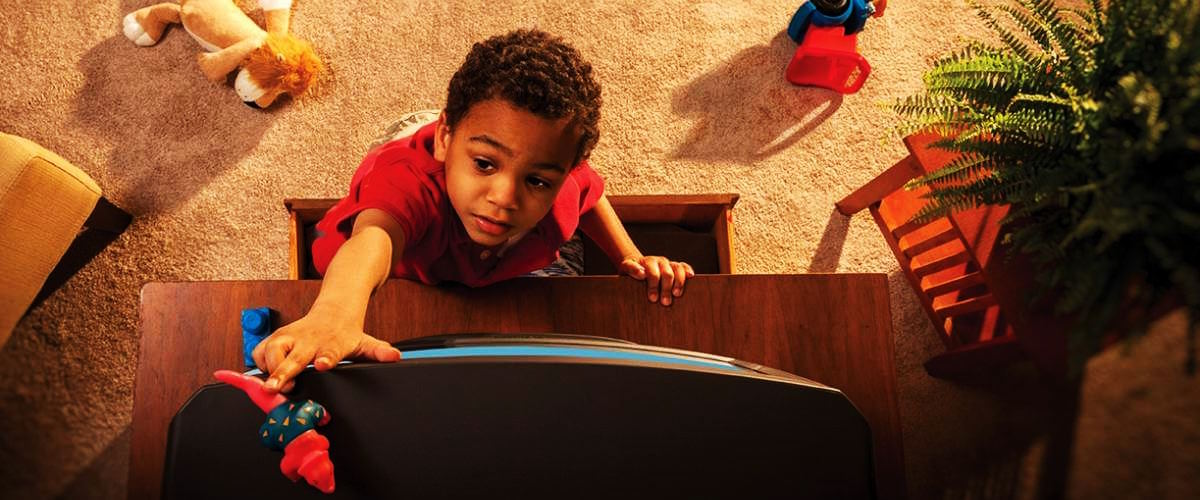
Ensuring your home’s safety is crucial for your family’s well-being. By taking proactive measures and implementing practical safety tips, you can create a secure environment that minimizes risks and protects your loved ones.
Secure Your Home Against Intruders
The first step in ensuring home safety is securing your home against intruders. Start by installing sturdy locks on all doors and windows, and consider adding deadbolts for extra security. Motion-sensor lights around the exterior of your home can deter potential intruders, and security cameras provide an additional layer of protection. A home security system with alarms and monitoring not only offers peace of mind but also ensures a quick response in case of a break-in. Make it a habit to check and lock all entry points before leaving the house or going to bed. These measures help create a strong defense against unauthorized access and keep your family safe.

Prevent Accidents and Injuries
Preventing accidents and injuries is essential for maintaining a safe home environment. Keep walkways and living areas free of clutter to avoid trips and falls. Use non-slip mats in the bathroom and kitchen, and install handrails on staircases. Ensure all electrical cords are secured and out of high-traffic areas to prevent tripping. Childproof your home by securing heavy furniture to the wall, covering electrical outlets, and keeping hazardous materials out of reach. Regularly check smoke and carbon monoxide detectors to ensure they function properly, and have a fire extinguisher readily available in emergencies. These preventive measures help reduce the risk of accidents and keep your home safe for everyone.
Maintain Safety with Regular Home Inspections
Regular home inspections are not just a task, but a responsibility that is key to identifying and addressing potential safety hazards. Conduct routine checks of your home’s structural elements, such as the roof, foundation, and windows, to ensure they are in good condition. Inspect plumbing and electrical systems for any signs of wear or damage, and schedule professional maintenance as needed. Test your home’s smoke and carbon monoxide detectors monthly, and replace batteries at least once a year. Additionally, check your home for potential fire hazards, such as overloaded electrical outlets or flammable materials near heat sources. By staying vigilant and proactive, you can address issues before they become serious problems and maintain a safe living environment.






